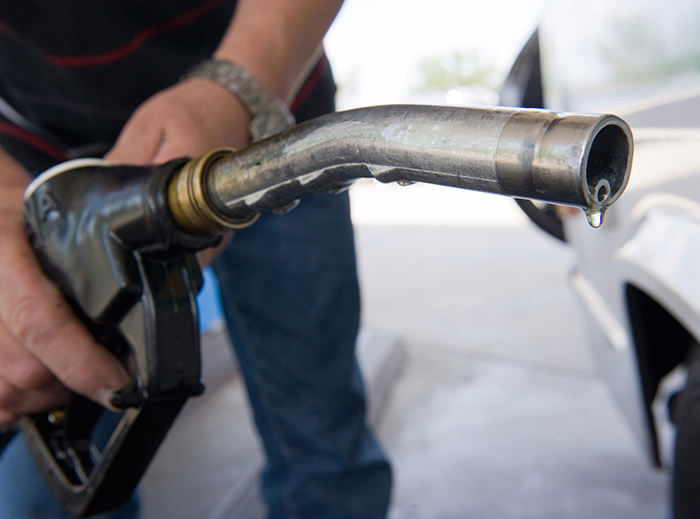The Swedish diesel price is the highest in Europe according to Sveriges Åkeriföretag and has increased by 34,3 percent since 1 January 2021. Of the fuel price, 52 percent is tax. The goal for everyone in the industry is to reduce dependence on fossil fuels in the long run. At the same time, we must create the conditions for the haulage industry to carry out its assignments today and be able to afford to invest for the future. Then why is the fuel price so high?
The haulage industry is classified as a socially important industry and is necessary for the country’s supply of goods and development. We see, for example, in England how things go when transport flows stop. Empty on the shelves in the grocery stores, the buildings are short of materials and people’s mobility is reduced as there is no fuel to refuel. As fuel is one of the major costs for a haulage company, such a price increase that has now been in 2021 will be extra noticeable.
A car which drives long distance and for an example supplies the Stockholm area with dairy products from Skåne drives about 350 000 km a year. With a consumption of approximately 3.8 l/mil, the increased costs for the fuel alone will be almost SEK 520 000 per car. An increase in costs that is difficult to compensate for in short terms but which in the long run will lead to increased consumer prices in most sectors. Something that impairs the competitiveness of Swedish business and industry and the situation of households. The increased costs also lead to deteriorating margins in the haulage industry, which could have been used to switch to vehicles with a smaller environmental impact.
The price of crude oil is of course an important basis for the price of fuel, but also exchange rates, the price of raw materials for biofuels in combination with the reduction obligation and the consumer price index (CPI, in Swedish konsumentprisindex, KPI). What we know for sure is that energy and carbon dioxide taxes are calculated with the CPI at the turn of the year. That means more than 6 öre per liter of diesel excluding VAT in higher prices. At the same time, the requirements for blending biofuels in petrol and diesel are further tightened one step through the so-called reduction obligation. The requirements will be tightened annually until 2030 to reduce greenhouse gas emissions from transport. According to the government, this is done so that Sweden can meet its climate commitments and is not forced to reduce travel and transport sharply.
When the bill on the reduction obligation was presented, the Government judged that each annual step taken in the obligation gives a price surcharge of 15-25 öre per liter of petrol and 40-60 öre per liter of diesel excluding VAT. In August this year, the latest step was taken in tightening up the reduction obligation. This meant that the price of diesel at the pump rose by about 75 öre per liter, and at the turn of the year an approximately equal increase is expected.
At the same time, the Riksdag has decided to acknowledge Moderaternas, Kristdemokraternas och Sverigedemokraternas demands for changes in the Government’s budget for 2022, where the Government will come back with a bill that will reduce the tax on petrol and diesel by 50 öre per liter at the pump from 1 May. A reduction that is of course welcome but which is far from sufficient to support the haulage industry in its role as a carrier of society.
